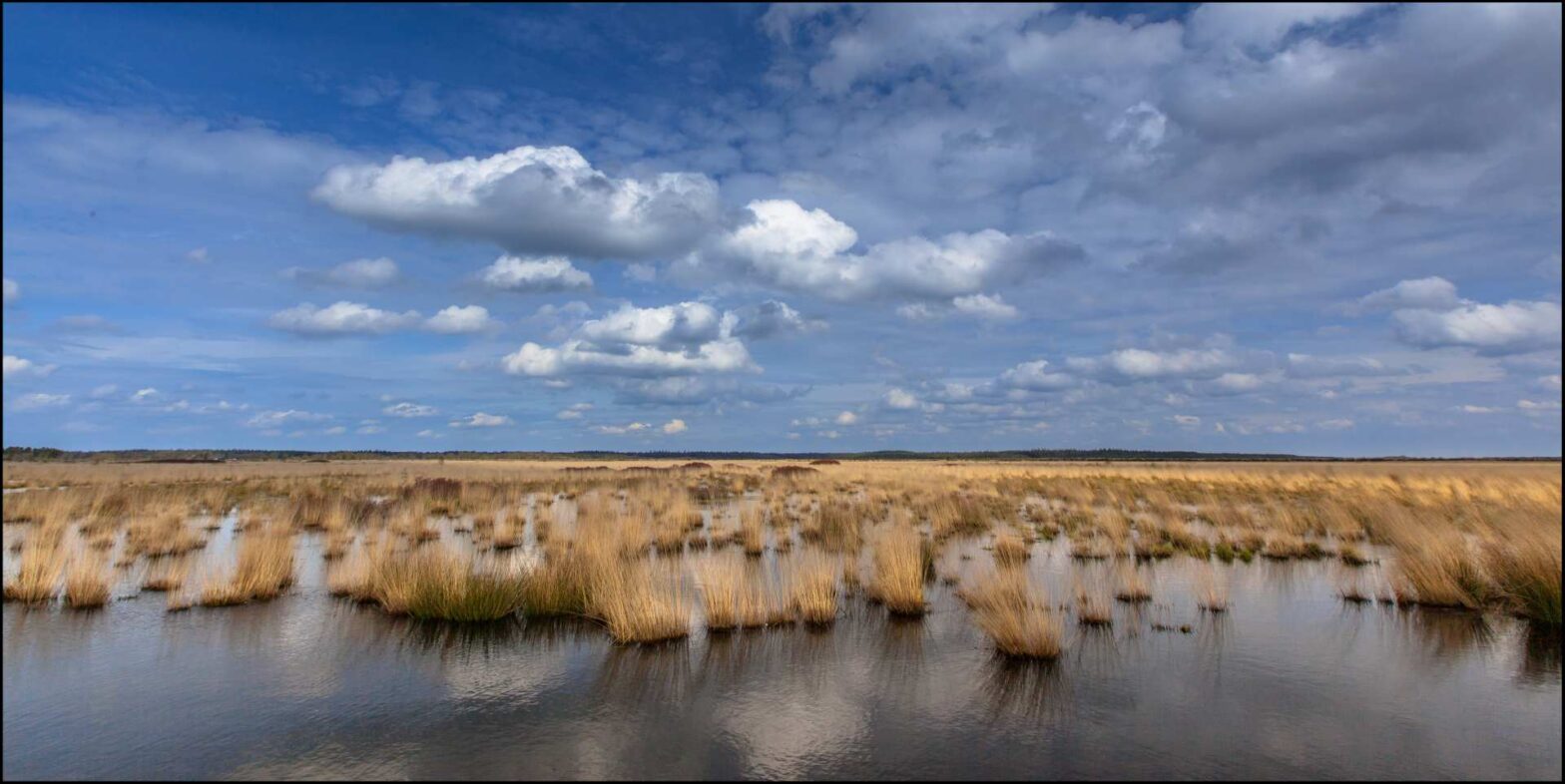Carlos Bravo VillaOcean Policy Expert
OceanCare urges EU Member States and the EU Parliament to adopt the Nature Restoration Law
A glimmer of hope for European Union’s Nature to recover
Nature in the European Union (EU) is in a poor state of health and in severe decline. The most recent assessment by the European Environment Agency (EEA) paints an alarming picture, concluding that only 15% of habitats supporting all types of animals and plants are in good condition. All animal groups are badly affected by this deterioration. For example 82% of fish populations are in a bad or poor condition.
The EEA recognises that the situation is worsening: of the EU habitats and species in a poor or bad state, over one third is further deteriorating. Only 9% of habitats and 6% of species in a poor or bad state show an upward trend.
Faced with this worrying situation, the European Commission (EC) launched a proposal for a Nature Restoration Law (NRL) to contribute to the long-term recovery of damaged nature across the EU’s land and sea areas in June 2022. The legislative initiative has had the objective to result in the recovery of 20% of damaged terrestrial and marine ecosystems in the European Union by 2030, and almost all of them by 2050. This is kind of the missing puzzle piece to achieve the EU’s climate and biodiversity objectives, and to reach the EU’s international commitments, in particular the UN Kunming-Montreal Global Biodiversity framework. According to the Commission, the new law would bring significant economic benefits, as every euro invested would result in at least 8 euro in benefits.
Despite the urgent need to restore Europe’s increasingly ailing nature to good health, the public health benefits that this would bring, and even the proven economic benefits of doing so, the NRL absurdly came under severe attack by the European People’s Party (EPP) and far-right Parties in the European Parliament (EP). The initiative to restore EU’s nature almost failed.
In the end, the EPP failed and the EP, in its July 2023 plenary session, managed to give itself a negotiating mandate by a narrow margin – 336 votes in favour, 300 against and 13 abstentions. The outcome was a result of support from social democrats, liberals, greens and the left, as well as 21 of the 178 EPP Members of the European Parliament who didn’t follow the Party line. . However, the Commission’s original proposal emerged extremely weakened from the process within the EP.
The fact that an agreement was reached in the EP meant that the legislative process could continue and the three-way negotiations (trialogues) between the Commission, the Council and the Parliament could begin in order to reach an agreement on the final text of the NRL.
Fortunately, thanks to pressure from civil society organisations, as well as the constructive work of the Spanish Presidency of the Council, the EP rapporteur and the Commission, a final agreement was reached in the last round of the trialogues on Thursday 9th November, after more than nine hours of negotiations, in which there are significant improvements compared to the weakened text that came out of the EP. Still, there are numerous exceptions and excessive flexibility with regard to the obligations for the Member States.
Among the advances, it has been achieved that all types of habitats must be restored and not only those within the Natura 2000 network. However, the final text accepts that, until 2030, the restoration of the latter will be “prioritised”. Furthermore, by 2030 measures should be in place to restore “at least” 30% of the habitats covered by the new law, a percentage that will increase to 60% in 2040 and 90% by the middle of the century.
Article 9 on the restoration of agricultural ecosystems (including peatlands degraded and drained for agricultural use), which EP’s final text had called for to be removed, has been included in the final text, although some requirements have been made more flexible, such as the fact that Member States will only have to meet two of the three indicators (grassland butterfly index, organic carbon stocks in mineral soils of arable land and proportion of agricultural land with high diversity landscape elements).
And although the so-called “emergency brake” (which allows the measures in the regulation to be suspended for up to one year “for unforeseen emergency reasons that make it impossible to meet some of these targets within the deadline”) is maintained for the sake of food security, as called for by the EPP, this mechanism has been made subject to very strict assumptions and in principle is a situation that is very unlikely to occur, so this “safeguard” could have little real impact.
The Nature Restoration Law is now closer to becoming a reality, but the legislative procedure is not yet complete.
The agreement reached in trialogues must now be endorsed by Member States, as well as undergoing a crucial vote by the EP’s Environment Committee (ENVI) at the end of November, where conservative groups could once again try to block the regulation. If the text is not adopted in ENVI, a new trialogue would have to be initiated. If, on the other hand, it passes, it will be subject to a final vote of approval, during the plenary vote of the Parliament scheduled for December 2023.
OceanCare urges Member States and the European Parliament to adopt the final text agreed at the 9 November trialogue and not to delay much-needed restoration work that will help the EU combat the climate and biodiversity crisis. It is of upmost urgency that the EU’s nature and biodiversity recovers.
